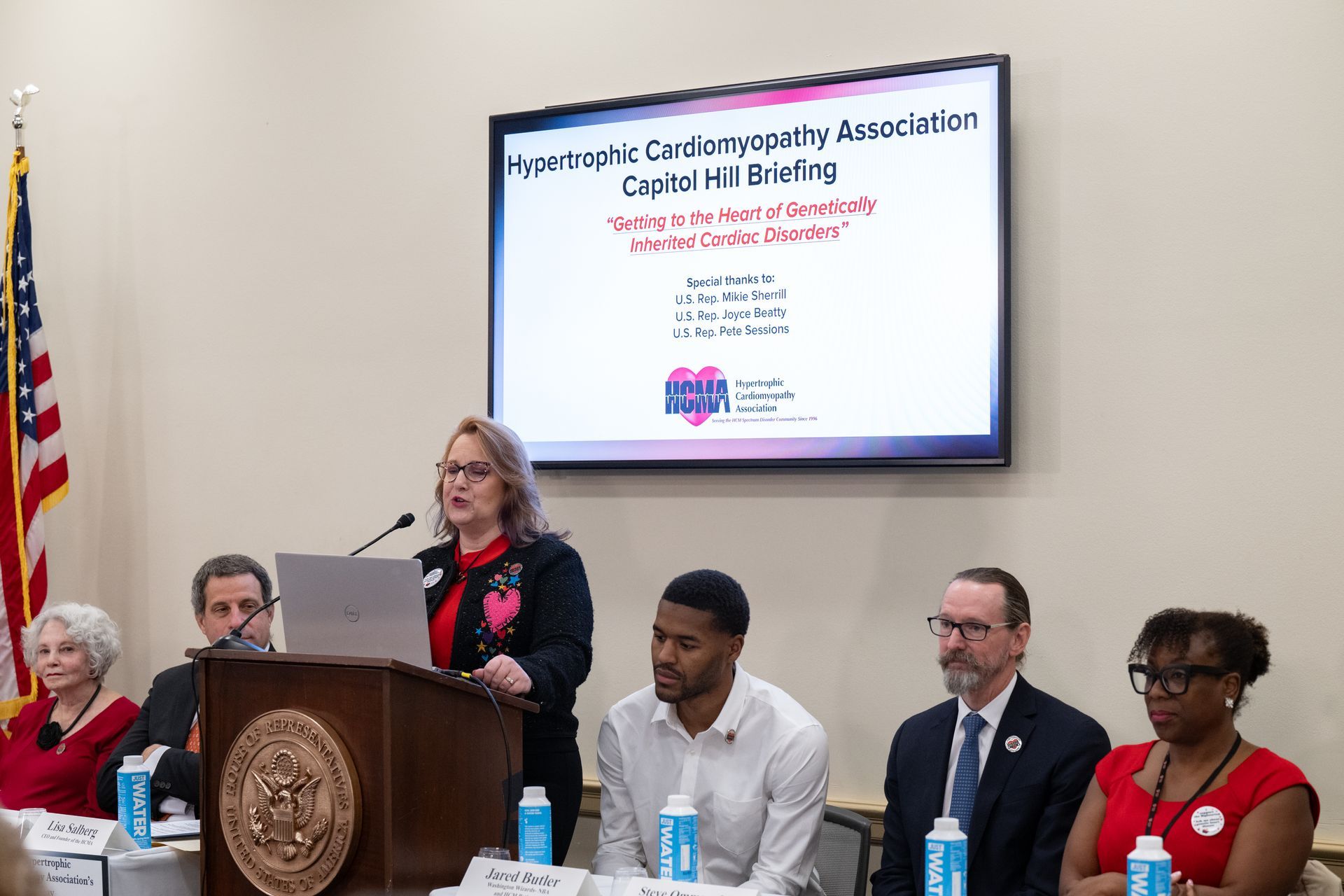REMS works to find, stop, heart failure
The new drug Camzyos (mavacamten) has been nothing less than life changing for some patients who have HCM with obstruction. But like any drug, not all patients can take it, and not all those who take it benefit enough to stay with it. It can also add complication to a patient's life. Insurance coverage is often unpredictable. The FDA-mandated
REMS (Risk Evaluation and Management System) and warnings may seem daunting to some.
REMS is a good thing
The REMS program has some important benefits. The idea is to reduce the risk of heart failure, especially if it requires hospitalization. For instance, if a patient's left ventricular ejection fraction(LVEF) drops below 50%, REMS mandates that the dosage of Camzyos be interrupted.
REMS data
REMS produces a lot of data, and that can help in assessing Camzyos. A group of scientists led by Matthew Martinez (Morristown Medical Center) and Milind Desai (Cleveland Clinic) recently analyzed the data from nearly 6300 patients who received at least one dose of Camzyos (Martinez et al. 2025). There were 5573 patients with at least one report on their status (including the data from their echocardiogram).
Reduced obstruction
Camzyos provided significant reduction of obstruction. Initially all patients were obstructed (that is, they had gradients of at least 30mmHg after valsalva maneuvers). After 3 months on Camzyos, about 57% were no longer obstructed. After 6 months, about 70% had no obstruction.
Heart failure found early
But, how often did patients have problems indicating heart failure? LVEF at 50% or lower was recorded in 256 patients, 4.6% of the total. Symptomatic heart failure that required hospitalization occurred 71 (1.3%) times, and both occurred in 17 (0.3%) of the patients. When the analysis was restricted to patients who had been on Camzyos for at least a year, the numbers in these categories were roughly similar.
Conclusions
We can conclude several things. (1) Camzyos eliminates (or greatly reduces) obstruction in a majority, but not all, patients; (2) the risk of heart failure is relatively low; and (3) the REMS program is effective at protecting patients from severe heart failure and its consequences.
Literature cited
Martinez, M. W., D. Seto, M. Cheung, M. Coiro, N. Patel, A. Bastien, J. Lockman, S. Afsari, and M. Y. Desai. 2025. Mavacamten: Initial Insights From the Risk Evaluation and Mitigation Strategy Program.JACC: Advances4:101430.



